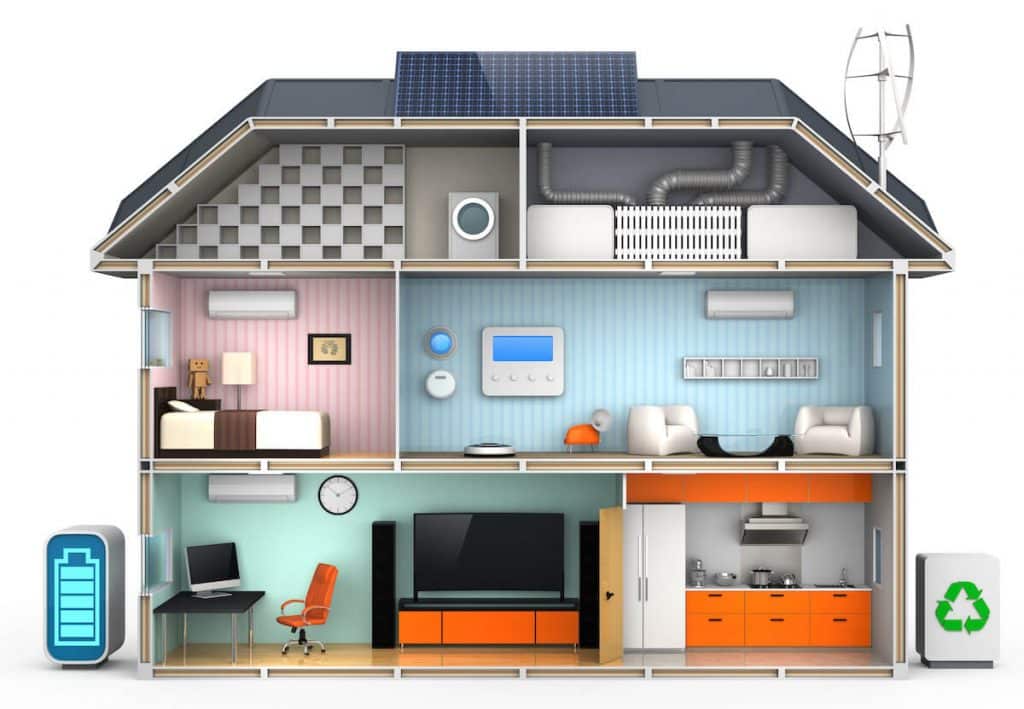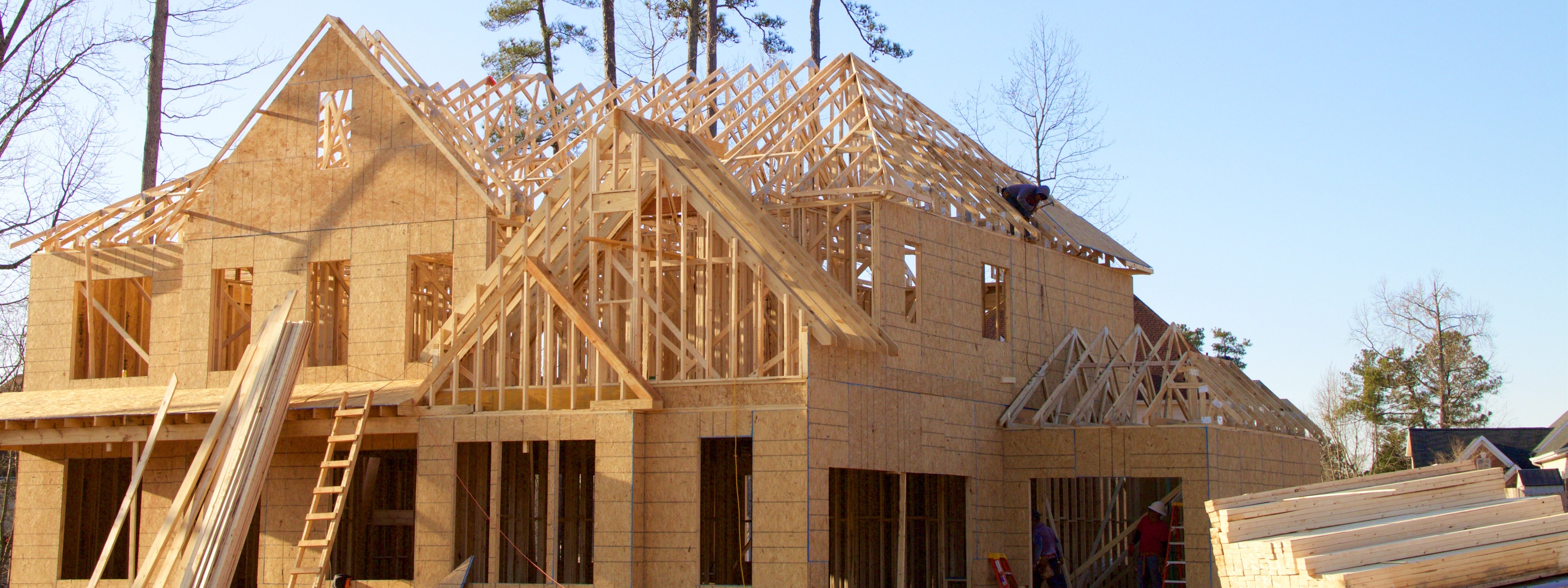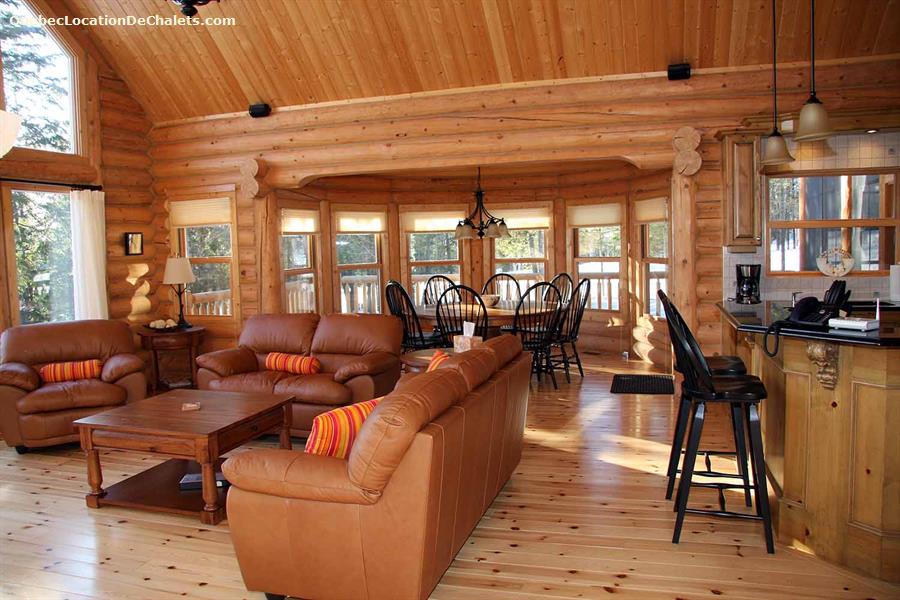
What Is A High-Velocity Mini-Duct System?
For most homeowners, air conditioning or heating is a necessity. Sadly, HVAC wasn’t always a concern back in the day and as such, many homes were designed without proper heating or air conditioning vents. Fortunately, a high-velocity mini-duct system can provide more than enough air or heat without taking up your valuable square footage around the home.
If you're thinking of updating your system, get in touch with HVAC pros near you who can ensure your system is ready for the upcoming season.
High-Velocity Air Conditioning Cost
- Average Minimum Cost of High-Velocity Mini-Duct Systems: $3,000
- Average Maximum Cost of High-Velocity Mini-Duct Systems: $18,000
How Does A High-Velocity System Work?
HVAC systems move heat or cold air out of the room when you need. Essentially, your system acts as a transportation system for cold and hot air outside and inside the home. Traditional and mini-duct systems are called upon when they sense temperature changes in the room, however, high-velocity mini-duct systems use much smaller ducts in your walls. In fact, they are often 50% smaller than a traditional duct system. As such, they must use a high-velocity system to produce the same output.
As Old House Online perfectly displayed, think of both HVAC systems like drinking straws and paper-towel tubes. The straws represent high-velocity mini-duct systems and paper-towel tubes represent traditional duct systems. Due to the smaller volume, the straw requires much more energy. As you will soon read, that extra energy actually results in cooler temperatures and less electric costs.
Understanding the Difference Between Air Handling Systems
Typically, those who want to install a system for heating and cooling the whole home will choose between a low-velocity system (traditional) and a high-velocity system. The latter works through aspiration, which creates currents constantly moving the air and keeping the room at a stable temperature of your choosing. This is in contrast to the more traditional low-velocity or forced air systems, which use diffusion to drop cool air from one vent and then draw air back out through the return. Because of the nature of aspiration, a high-velocity system requires minimal ductwork, and in some cases, all it takes is a small plastic pipe rather than a traditional duct.
Ideal Homes for A High-Velocity Mini-Duct System
Chances are, most homeowners researching will already have HVAC installed in their homes. If so, high-velocity HVAC is probably not economical. However, there are two scenarios where high-velocity mini-duct systems are not only ideal, but economical as well.
The first is with new construction. If you’re building a new house, ask your HVAC pro about high-velocity mini-ducts. While their installation cost is a bit more than traditional HVAC systems (not including a heat source), they can save you hundreds in maintenance and utility costs down the line.
Furthermore, high-velocity air conditioners are perfect for older homes where space is a concern. When a family has lived in a home for years, you get used to the space you’re given. Well, if a traditional HVAC system was not added when the home was constructed, that means the designer or contractor did not intend for a large duct system. To install a traditional system, the homeowners would have to forfeit valuable square footage around the home. Fortunately, high-velocity mini-duct systems don’t only preserve your space, but the integrity of your home as well.
Advantages of A High-Velocity Mini-Duct System
There are plenty of advantages in choosing a high-velocity mini-duct system:
- Minimally Invasive Ducts
- Energy Efficient
- Quickly Cools
- Quiet
- Removes Humidity
- Easy Installation
Because the ducts used in a high-velocity system are so small, they won't require a lot of remodeling to accommodate them and they won't take up a lot of extra space in the home. These mini-duct systems are also incredibly efficient at heating and cooling in a hurry, which is a plus for people who tend to turn their systems off during the day and then require instant temperature changes when you return home. To top it all off, high-velocity mini-duct systems can be very quiet, use less energy, remove up to 30% more humidity and be installed in far less time than traditional low-velocity mini-duct systems.
Disadvantages of A High Velocity Mini Duct System
While a high-velocity mini duct system might seem perfect, there are some noticeable drawbacks that every homeowner needs to address:
- High Initial Cost
- Noticeable
- Constantly Moving Air
For most homeowners, these drawbacks are worth overlooking. Constantly blowing air is simply more effective, so the sensation is not often a problem. While mini-duct air conditioning will have small units installed in the interior of the home, the units are not intrusive and they are typically placed in less noticeable locations. Ultimately, the cost will be the biggest issue, as high-velocity mini-duct systems require a larger initial investment.
Factors Influencing the Cost of A High-Velocity Mini Duct System
Several factors influence the total cost of a high-velocity mini-duct system and each can play a role in the total high-velocity HVAC cost. The following are the primary factors to keep in mind when pricing installation of a high-velocity air conditioning system:
- Rural installation is cheaper than the same service in a large city.
- Size and number of units are integral to the total cost.
- Quality of the system and noise level play a role in cost.
- The time of year can affect your pro’s labor cost.
How Do the Costs Compare to Traditional HVAC Systems?
As we already said, mini-duct systems usually come with a higher installation cost than most other HVAC systems. Furthermore, if you do not have any HVAC currently installed, you will also need a heat source if you decide to purchase a high-velocity mini-duct unit. As such, in addition to the regular installation cost, you must include the installation price of a heat pump. SpacePak, one of the two major mini-duct manufacturers, says their systems are only compatible with heat pumps.
Nevertheless, if you wanted a quick comparison to some of the other prominent HVAC systems in the world, please see all installation prices below:
- Heat Pumps: $4,972
- Traditional Air Conditioner: $4,685
- Boiler: $4,479
- Radiant Heating System: $4,146
- Furnace: $3,700
- Swamp Coolers: $2,285
- Mini-Split Air Conditioner: $1,900
- Electric Baseboard or Wall Heater: $669
- Install Humidifier: $490
High-Velocity Mini-Duct Maintenance & Utility Costs
When analyzing the total cost of an HVAC project you must consider repairs, maintenance and utility costs. While installation is a big piece of the pie, it is not the only one.
Fortunately, high-velocity mini-duct systems generally cost less than almost any other HVAC system. Traditional forced-air systems, those using larger ducts, experience duct leakage and some experts believe that leakage can lead to a 25% increase in utility costs. Unico, the other major mini-duct manufacturer, and SpacePak both claim their high-velocity systems have less than 5% duct leakage. Less duct leakage means less work for your system and more savings on your energy bills.
Additionally, because the air is always blowing, you can afford to keep the temperature higher than traditional HVAC systems. In fact, some say 70° on a mini-duct thermostat feels like 66° on a traditional system.
Finally, maintenance and repair is never far away with HVAC. Because you’re dealing with a much smaller system, repair costs tend to be less expensive. For larger duct systems, HVAC pros and carpenters may have cut large holes in the walls, replace large parts or order brand new parts. None of this is cheap and sadly, usually has to come out of the homeowner’s pocket.
High-Velocity HVAC Installation
HVAC may not be the most popular DIY category, but some active homeowners do install mini-duct HVACs on their own. Beware, while it is easier than traditional HVAC systems, it’s still a challenging process.
Below are the major steps all need to do to install a high-velocity mini-duct system. For a more in-depth process, please see The News.
- Determine Heat-Loss Calculation
- Determine Necessary HVAC Requirements
- Determine Equipment Locations
- Install Air Handler
- Install Mini-Ducts
- Install Sound Attenuators To Minimize Noise
- Make Final Connections
Find A Pro
If that process sounds tough, you’re not alone. Almost all homeowners hire pros to install their high-velocity air conditioning systems. To save some cash, always get multiple HVAC quotes. You’d be surprised how widespread HVAC quotes can be despite addressing the exact same project.


